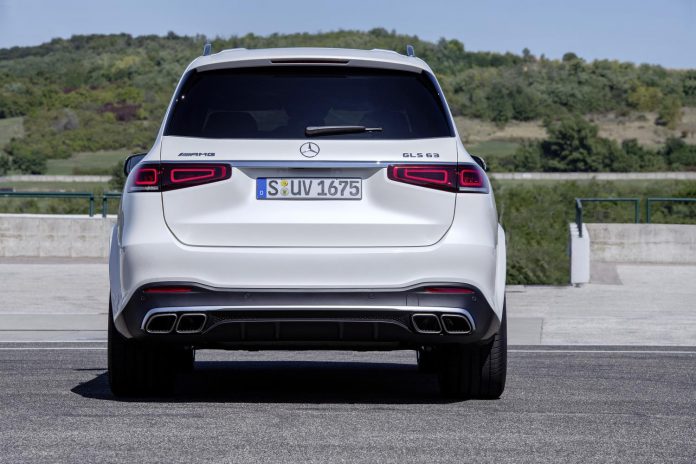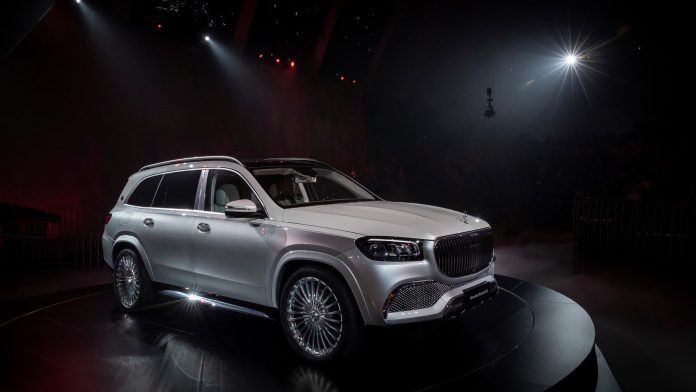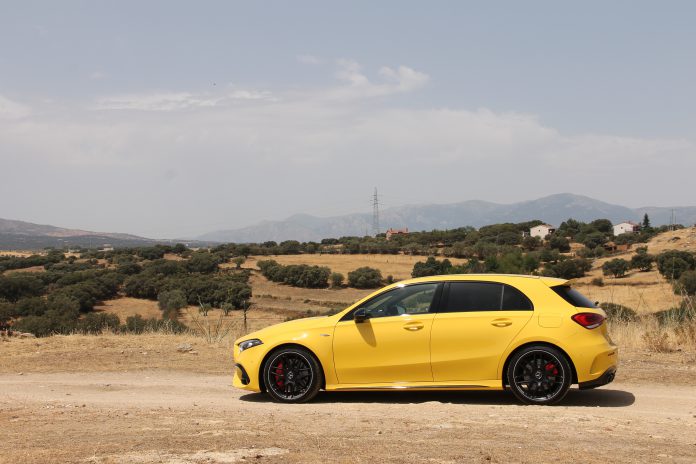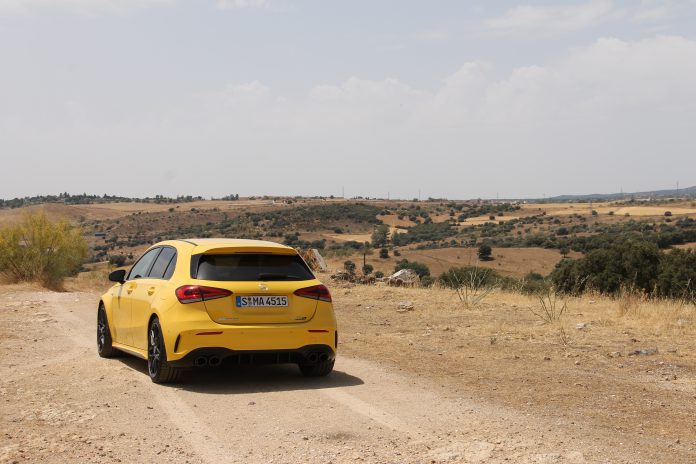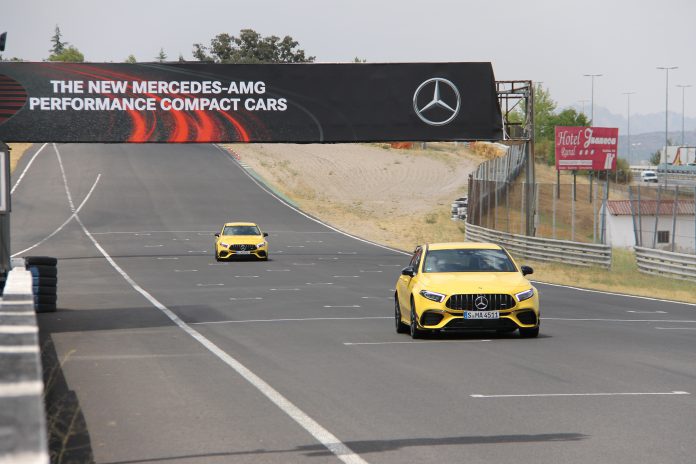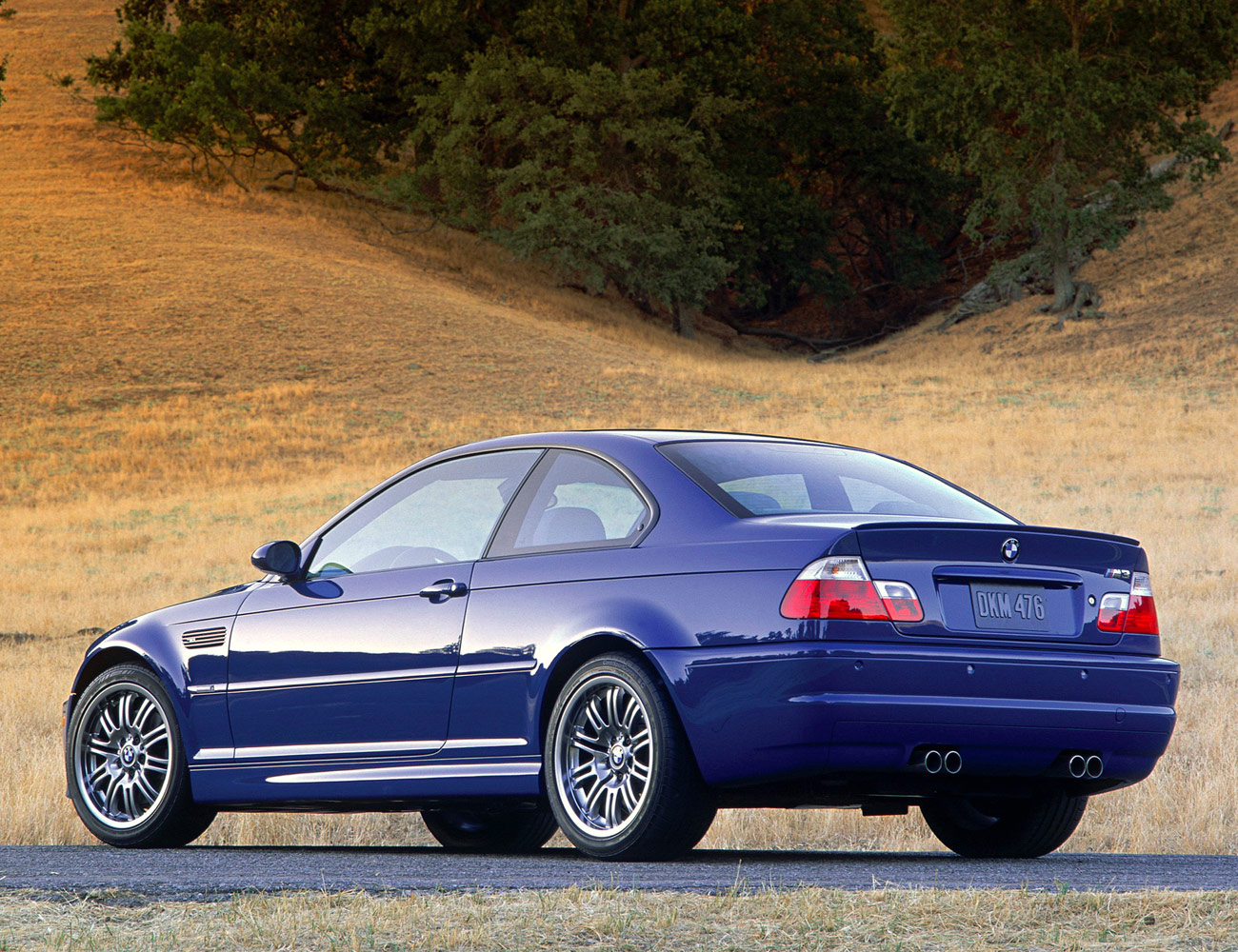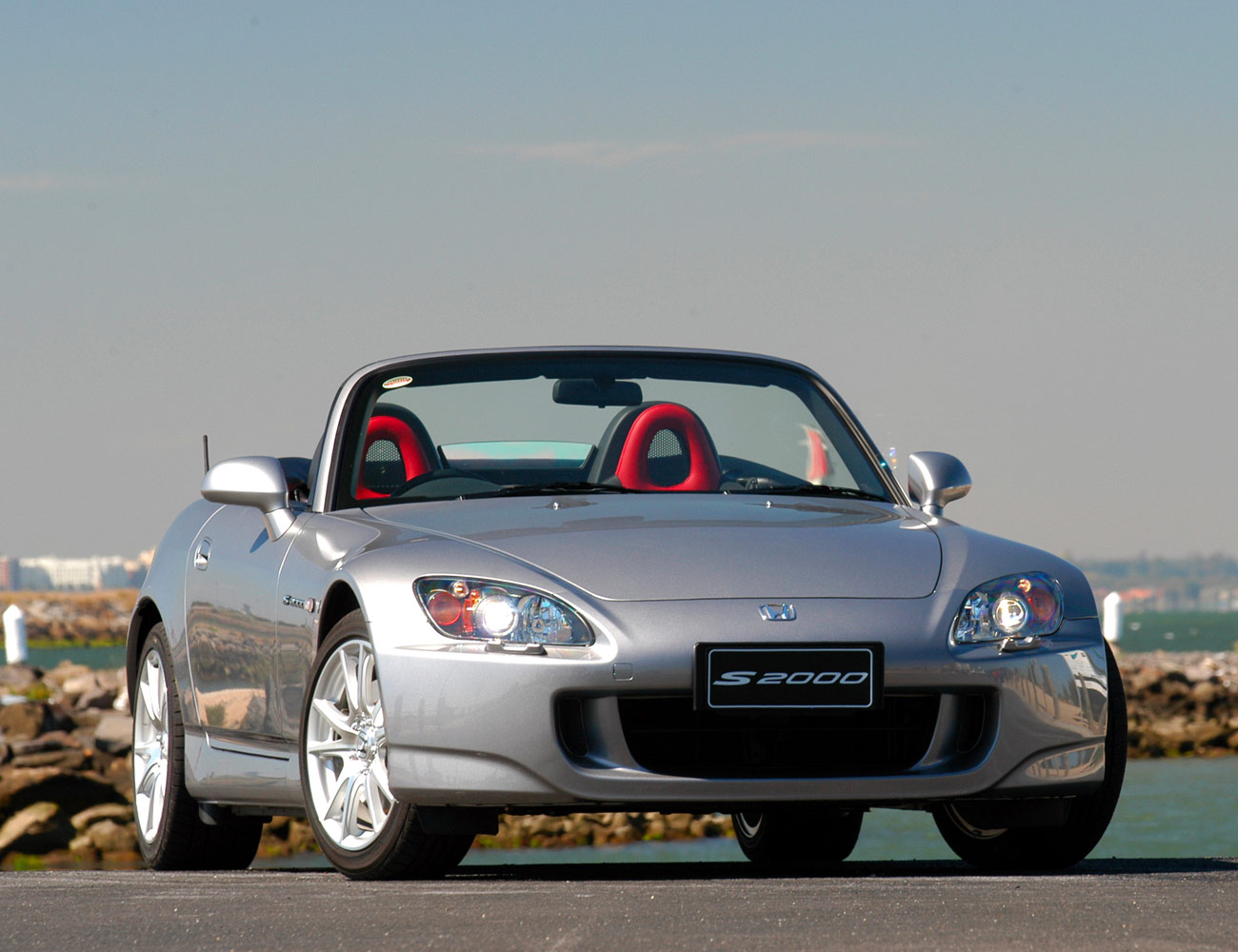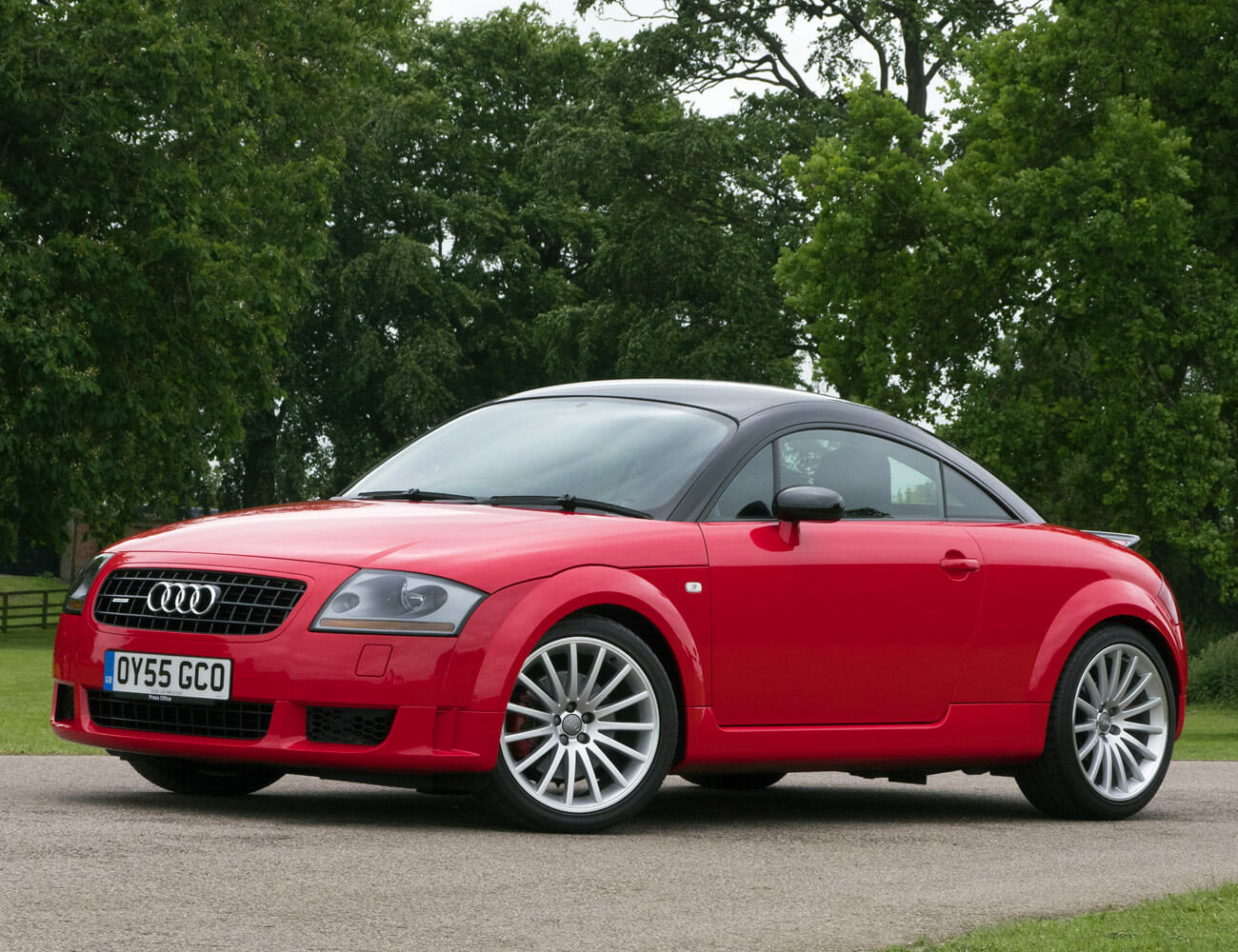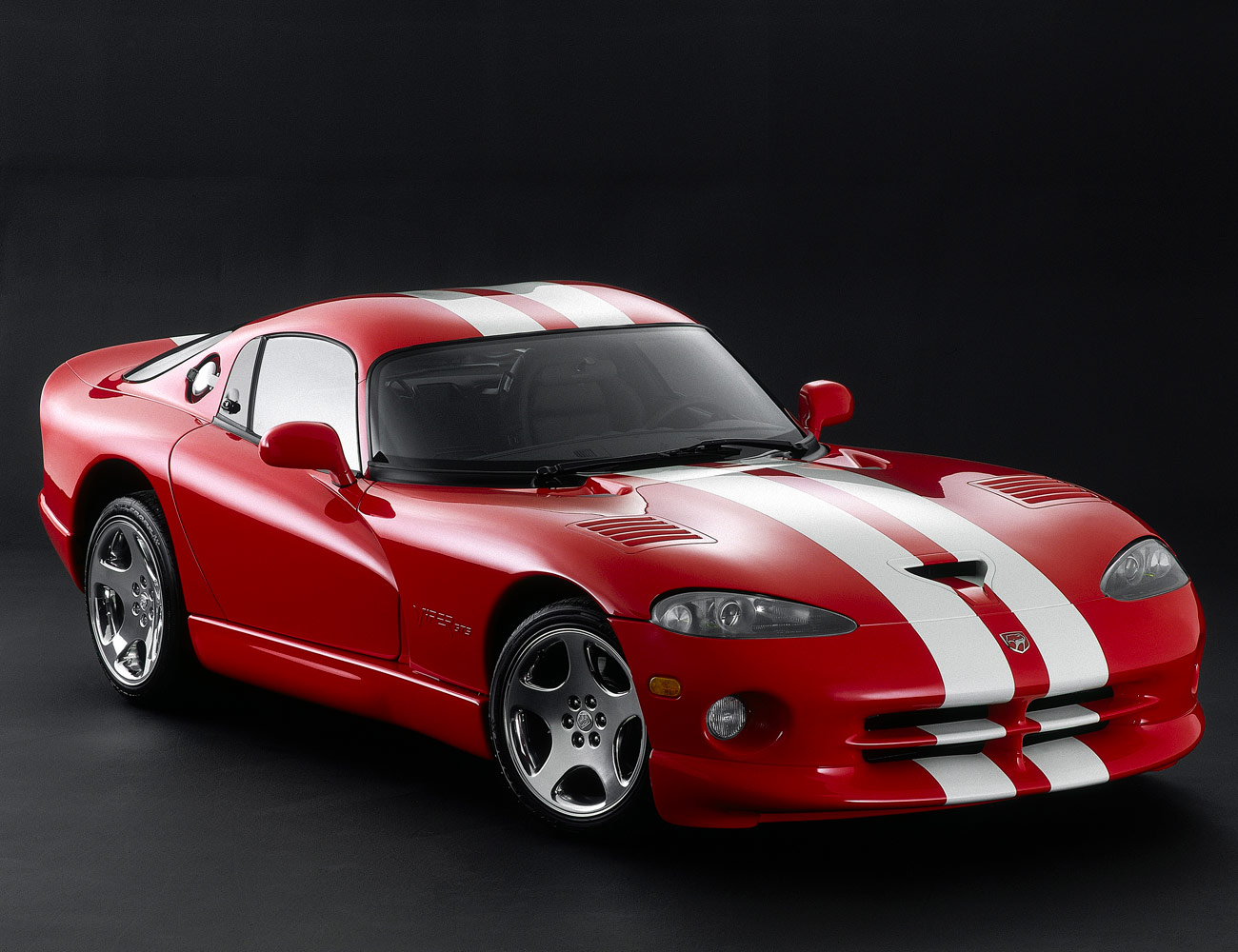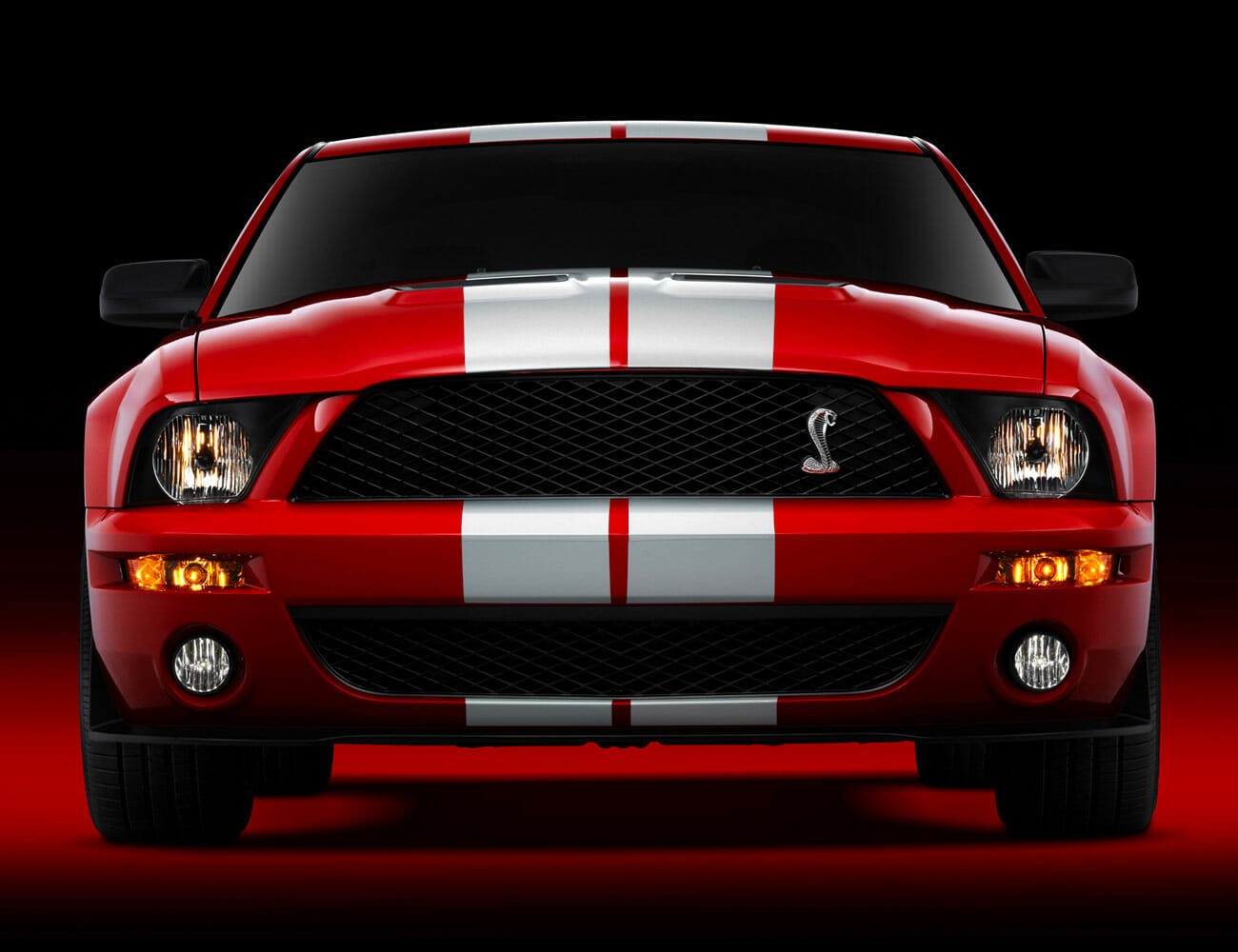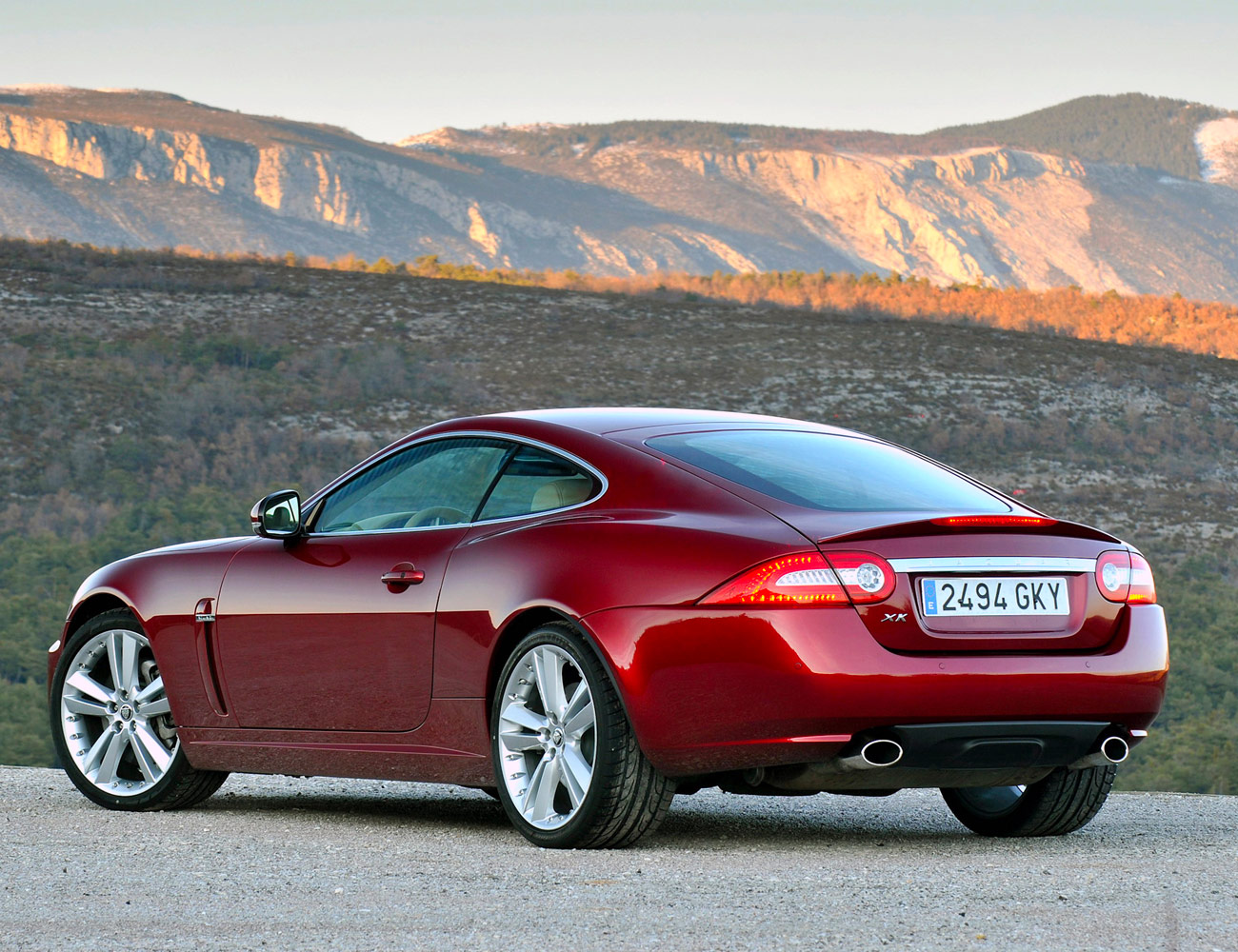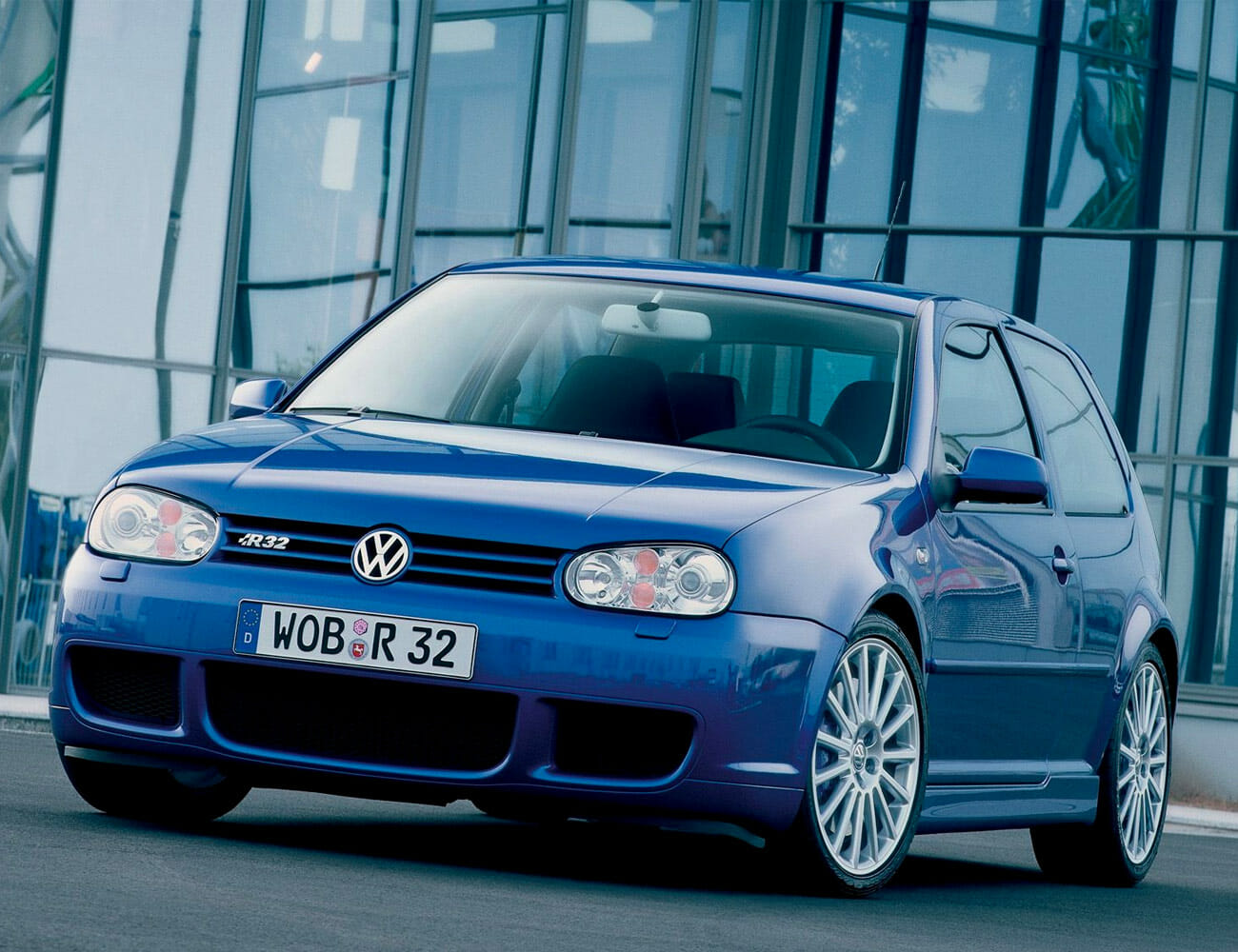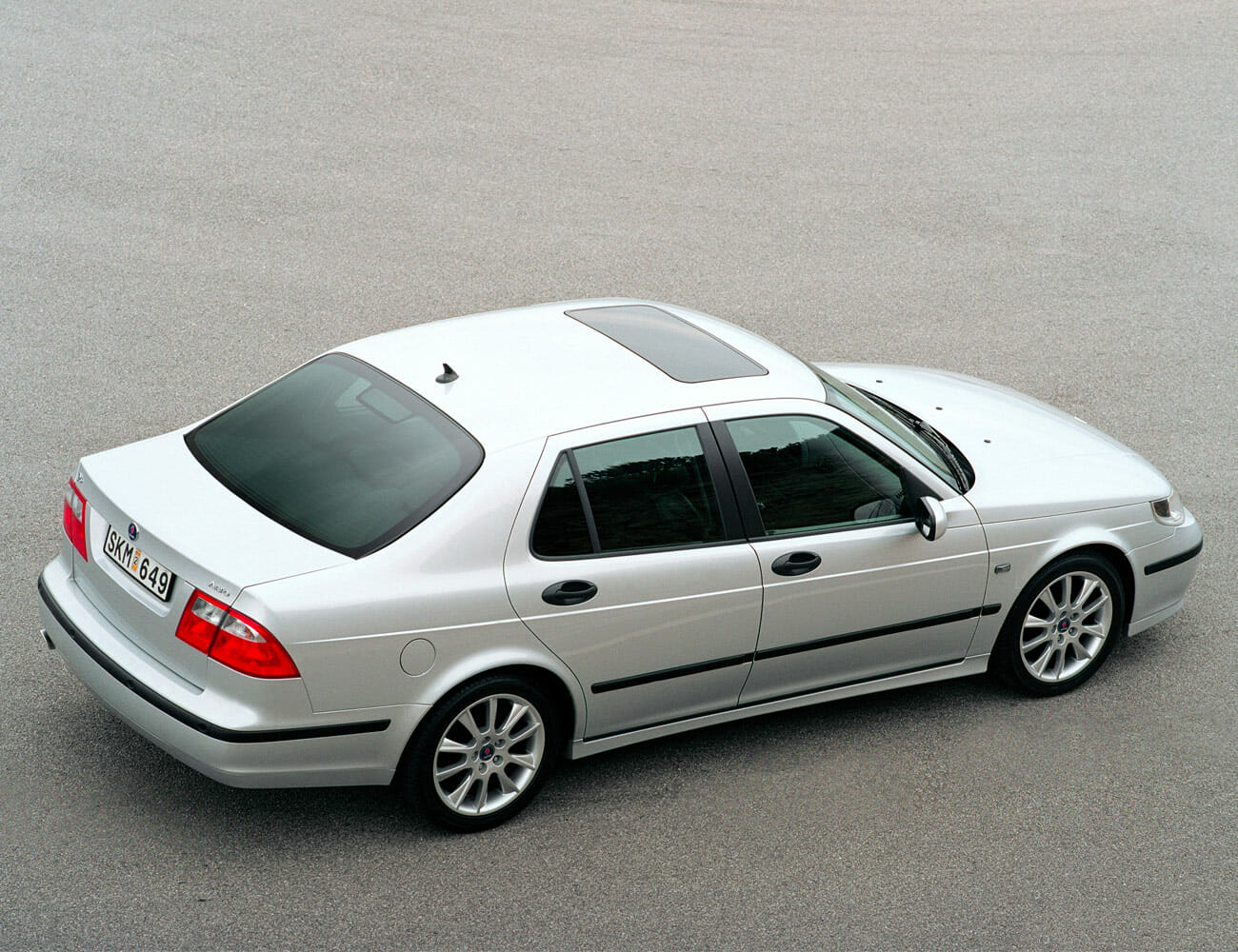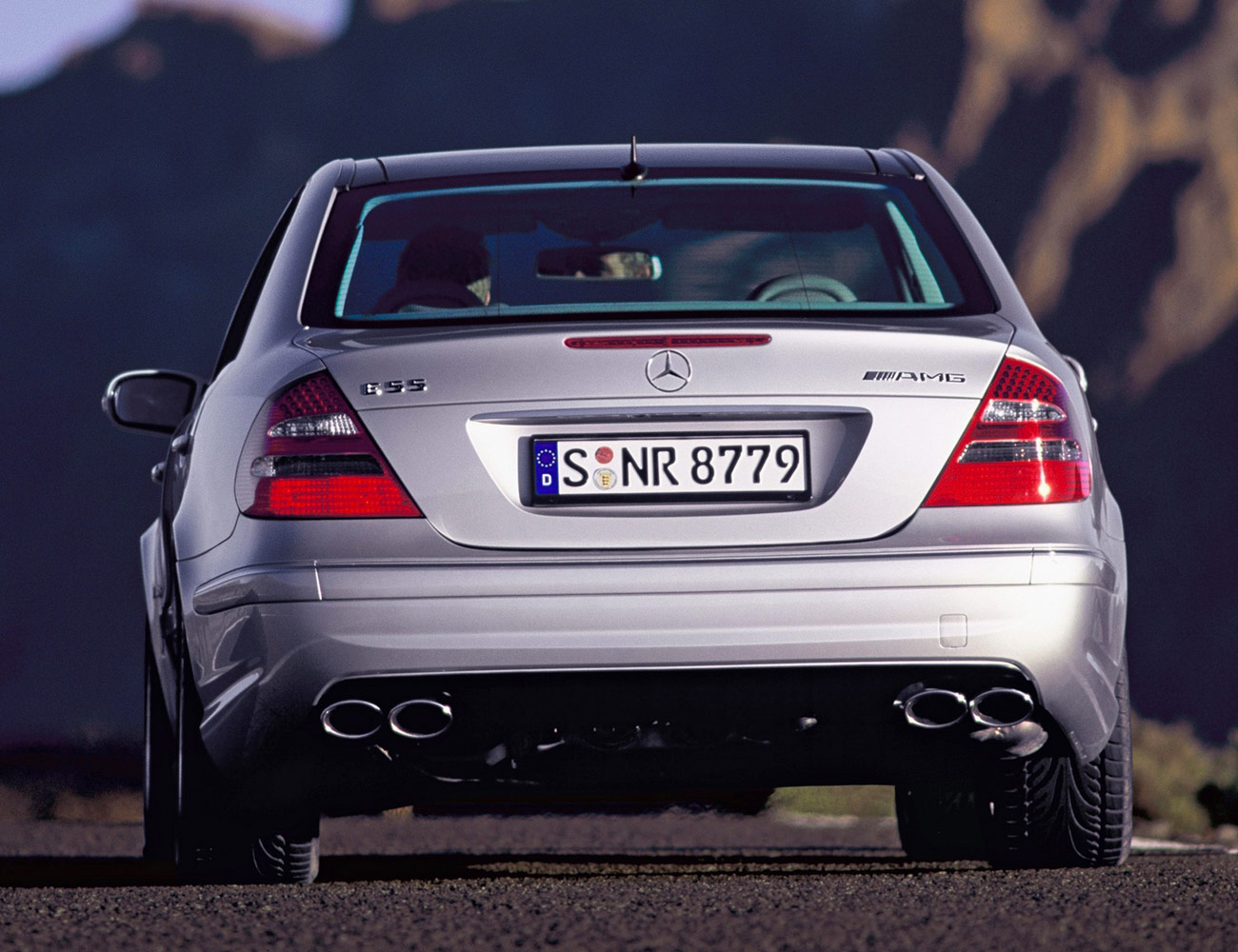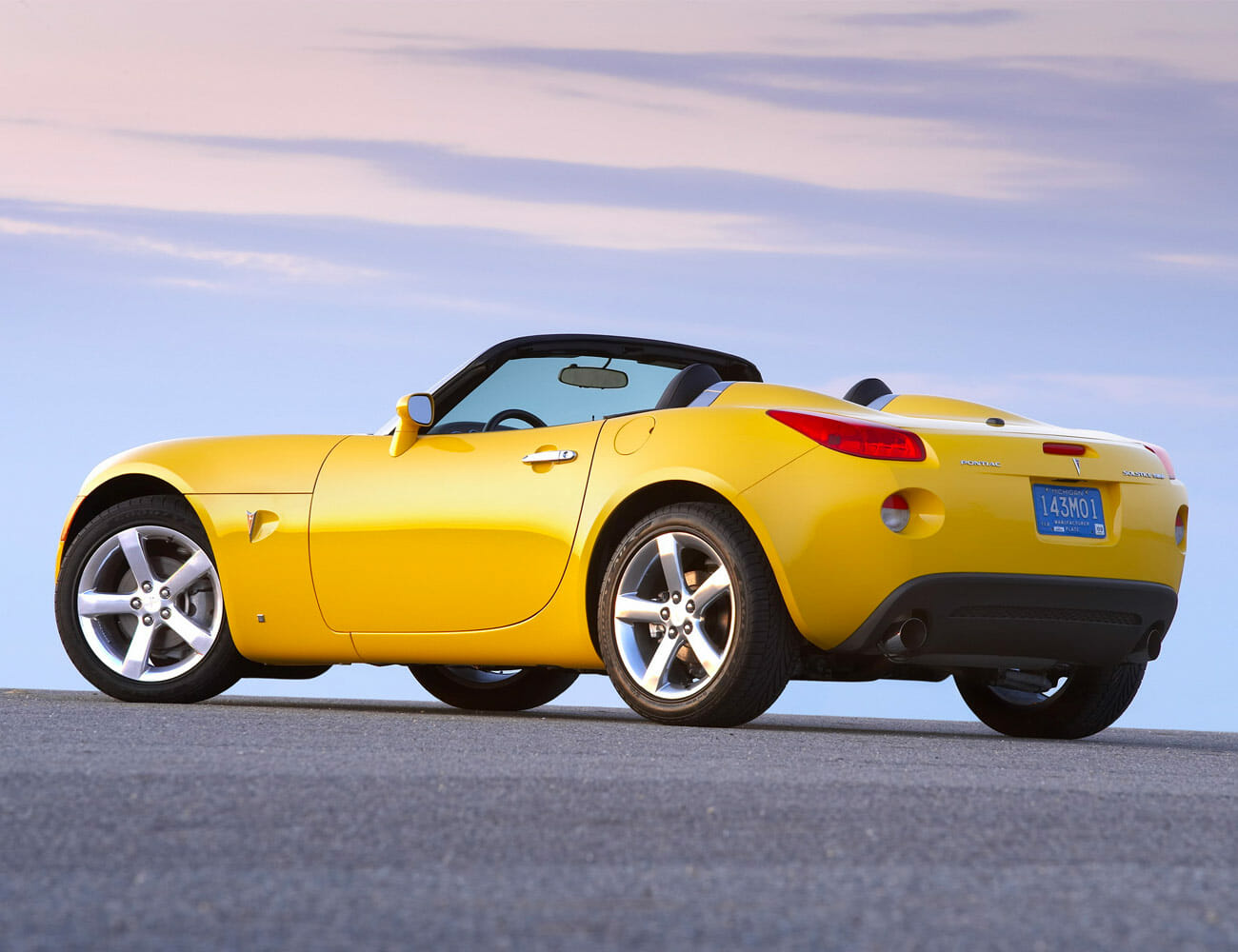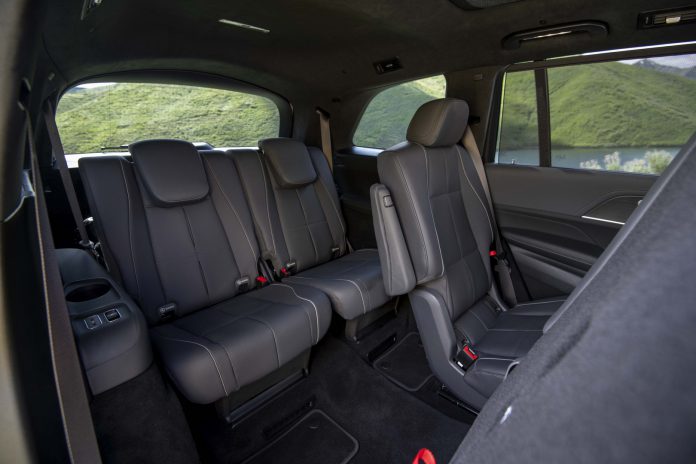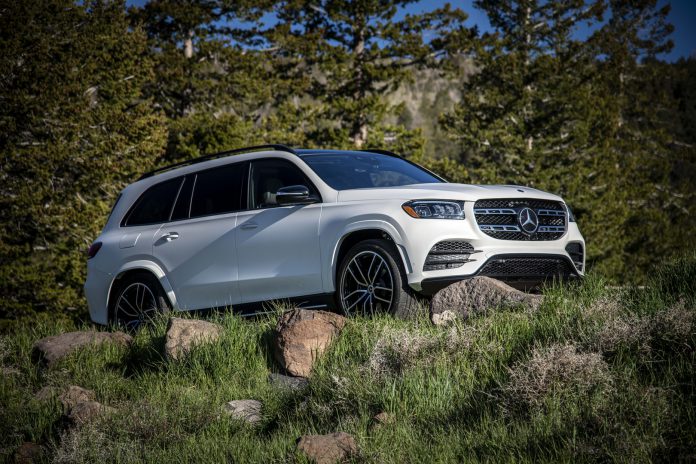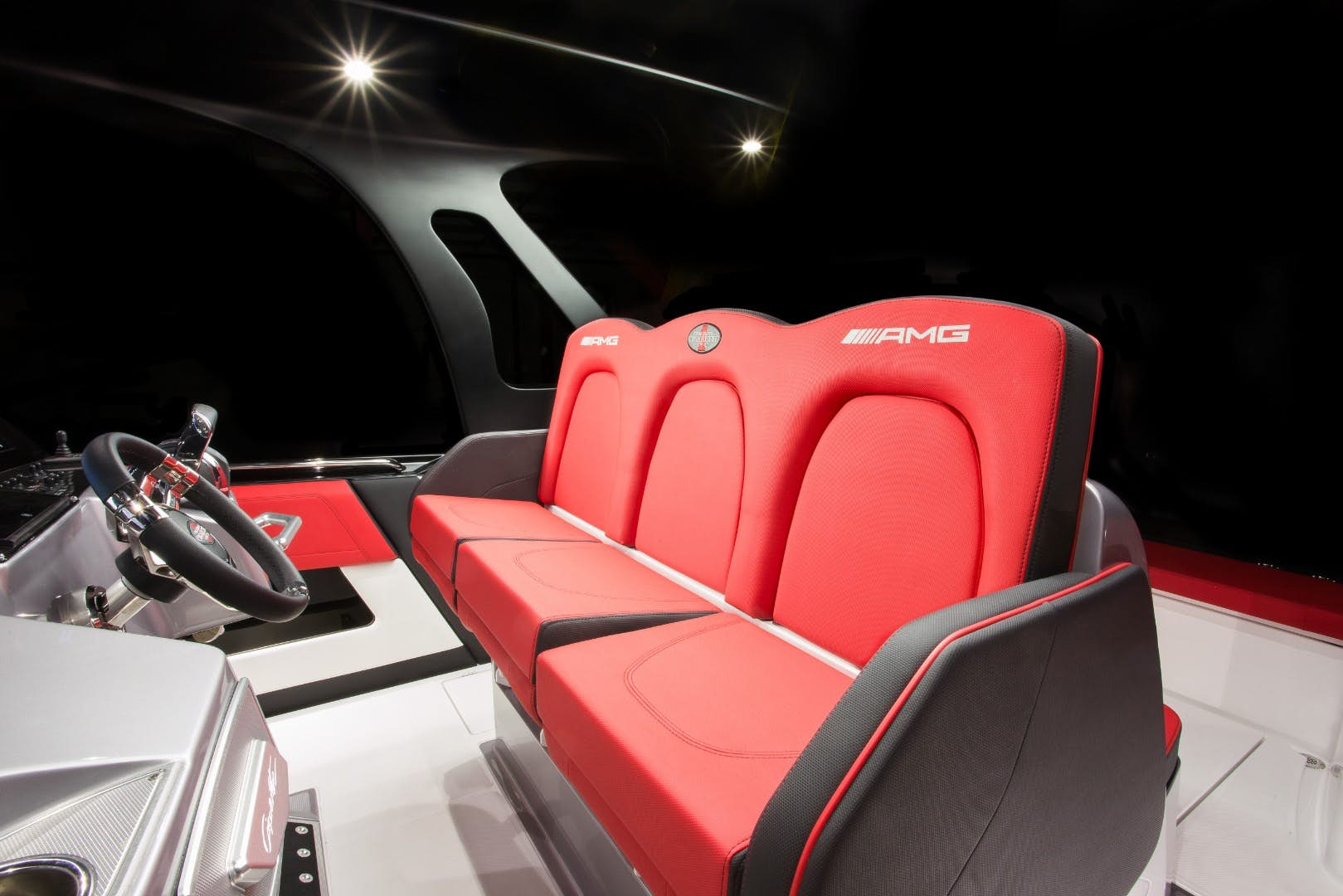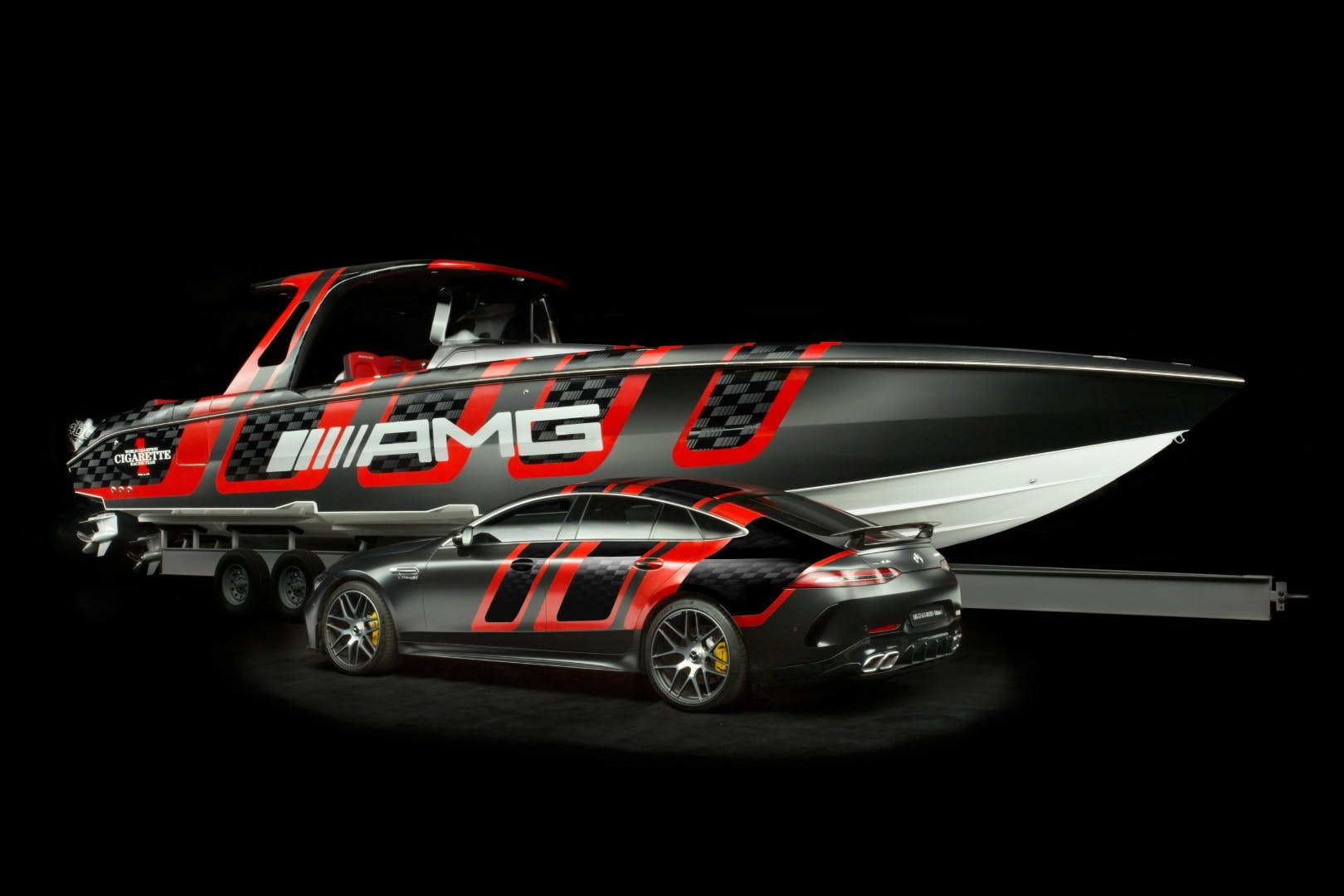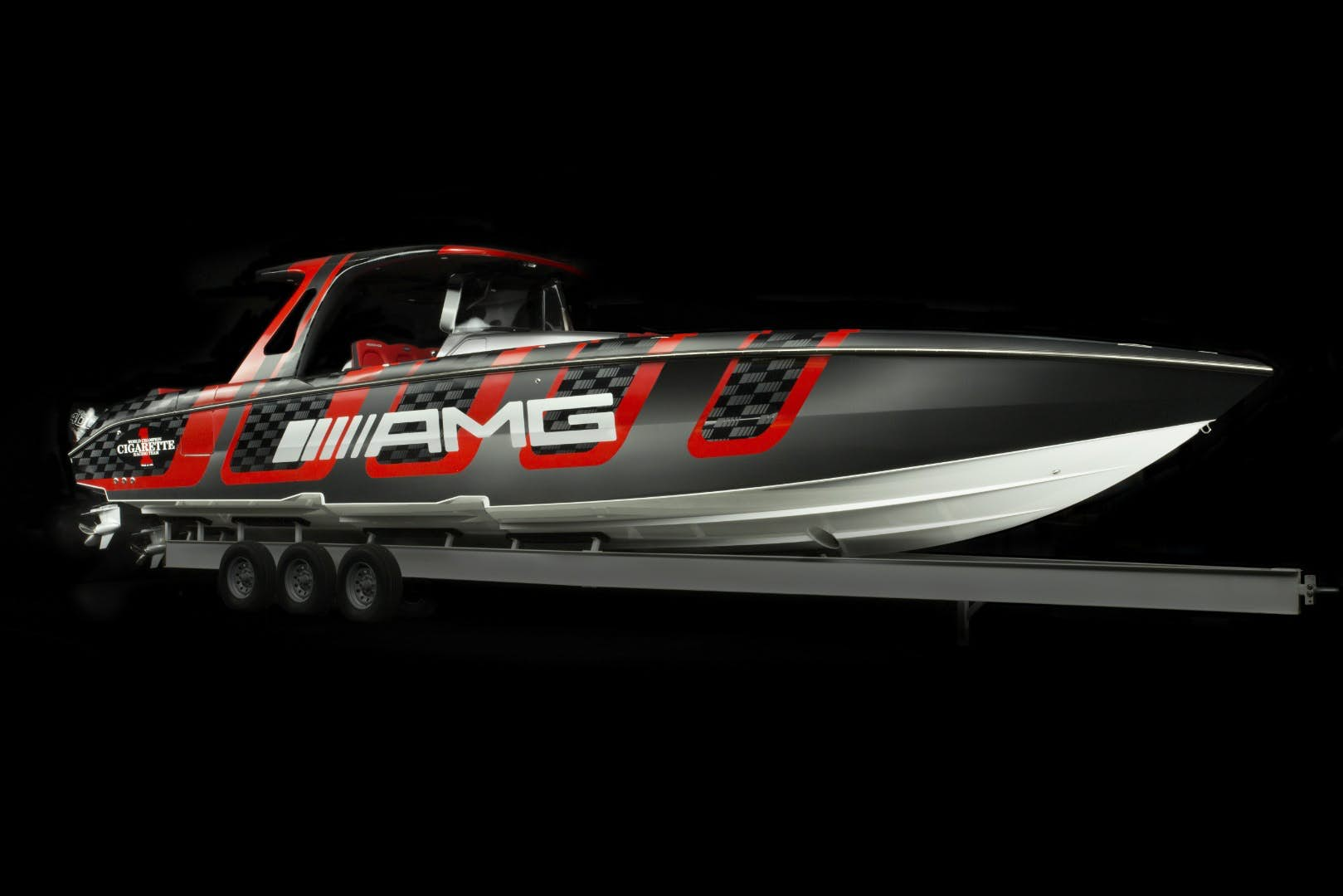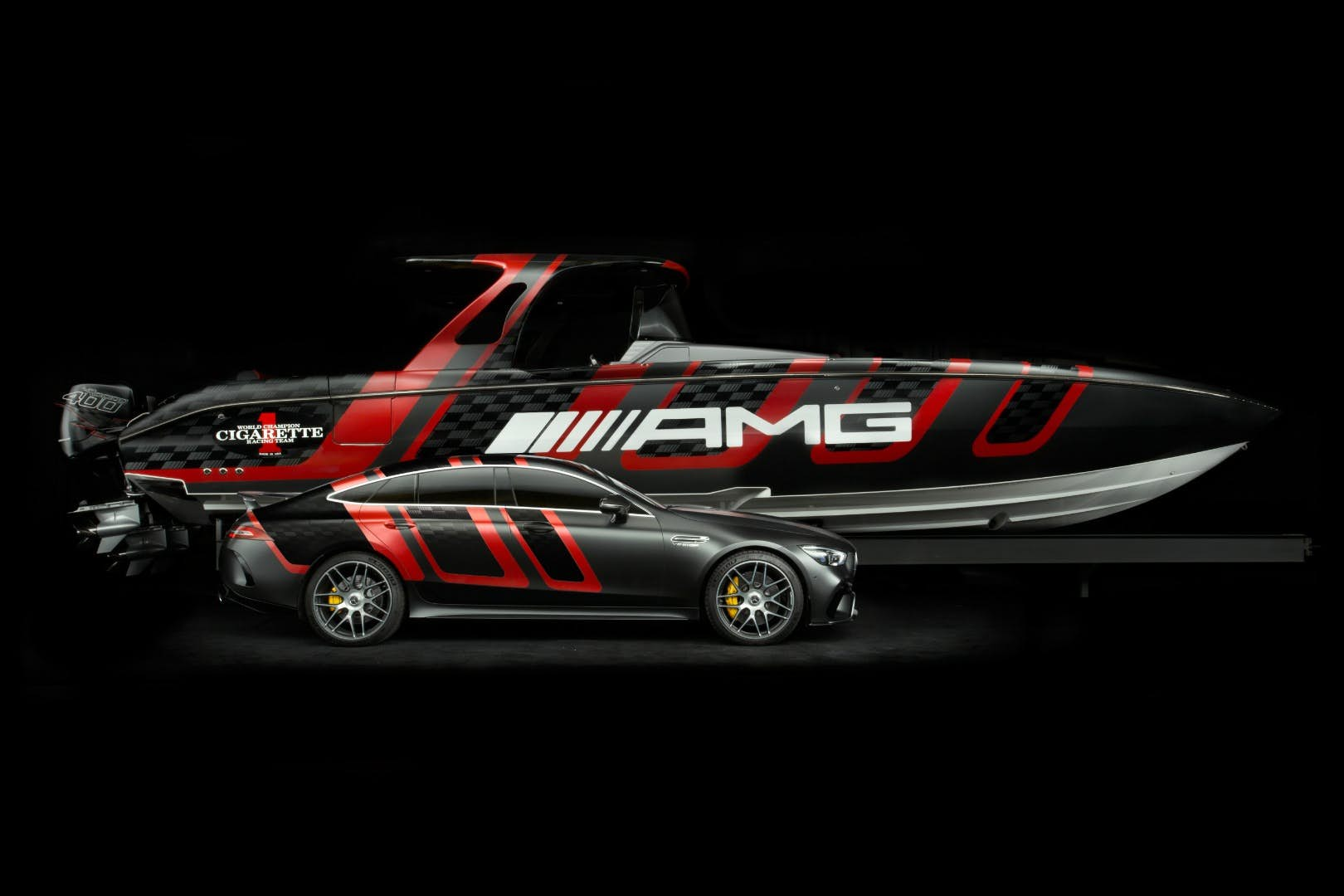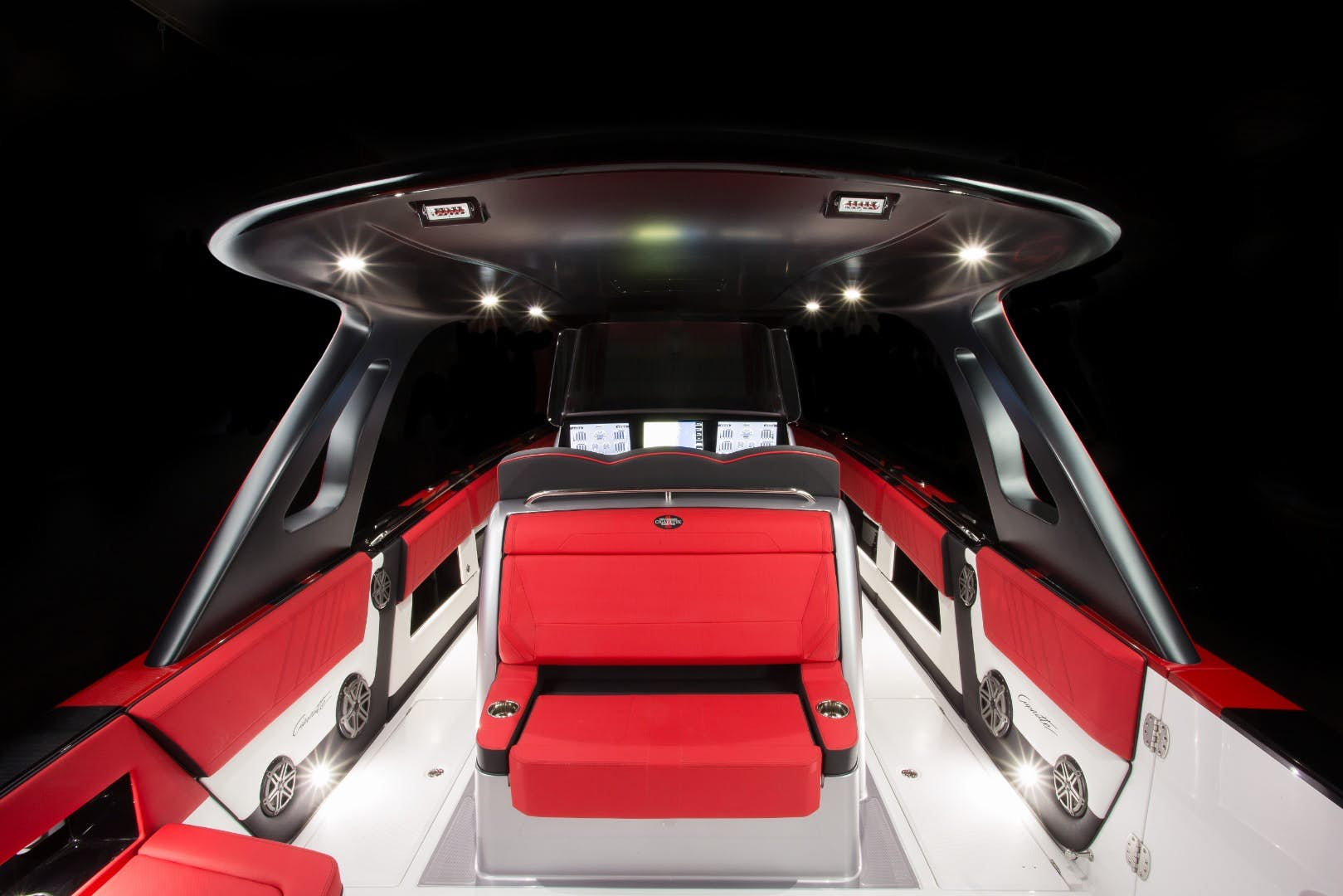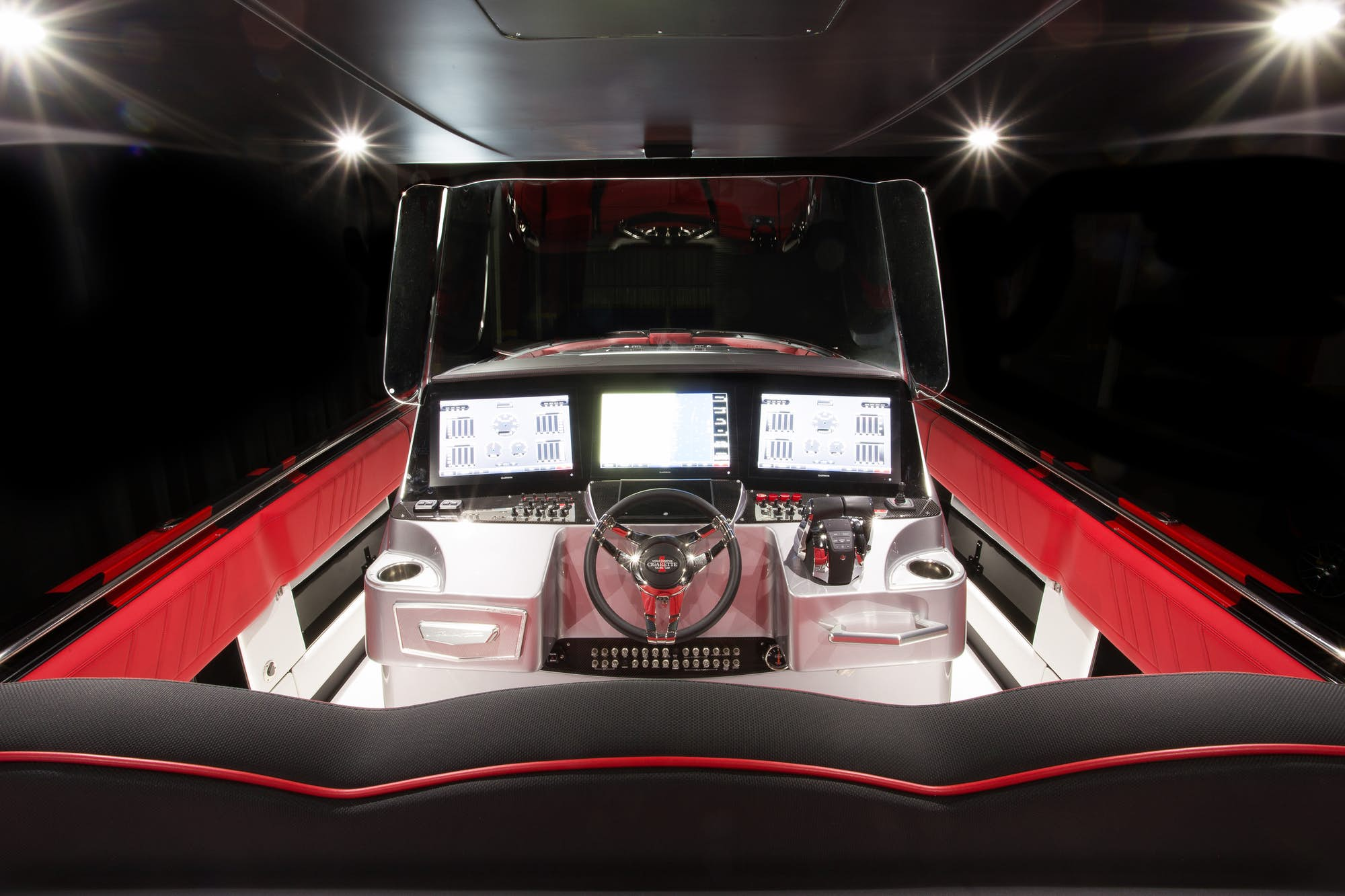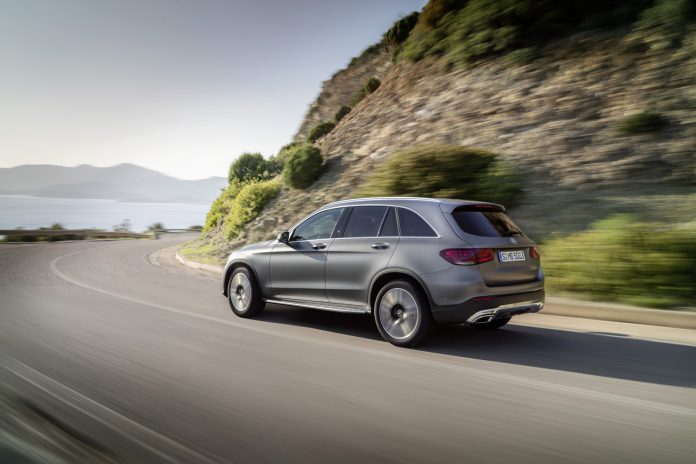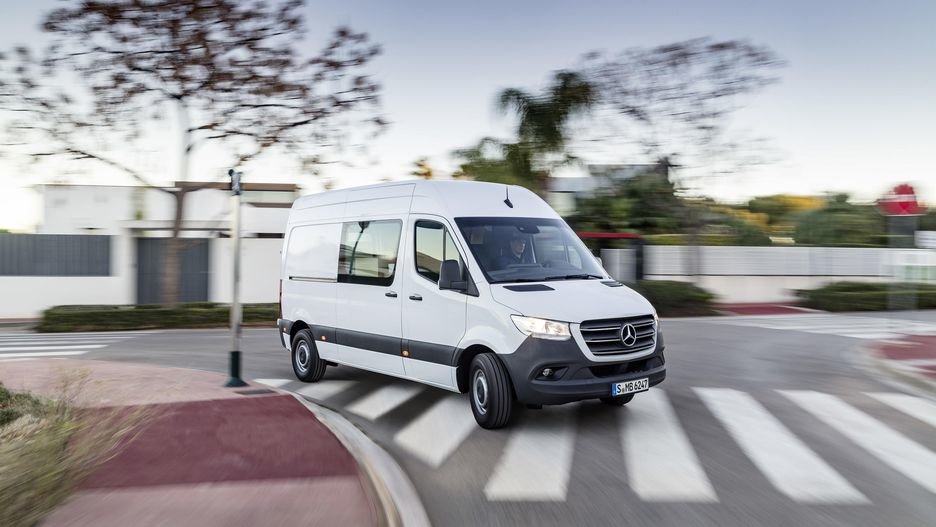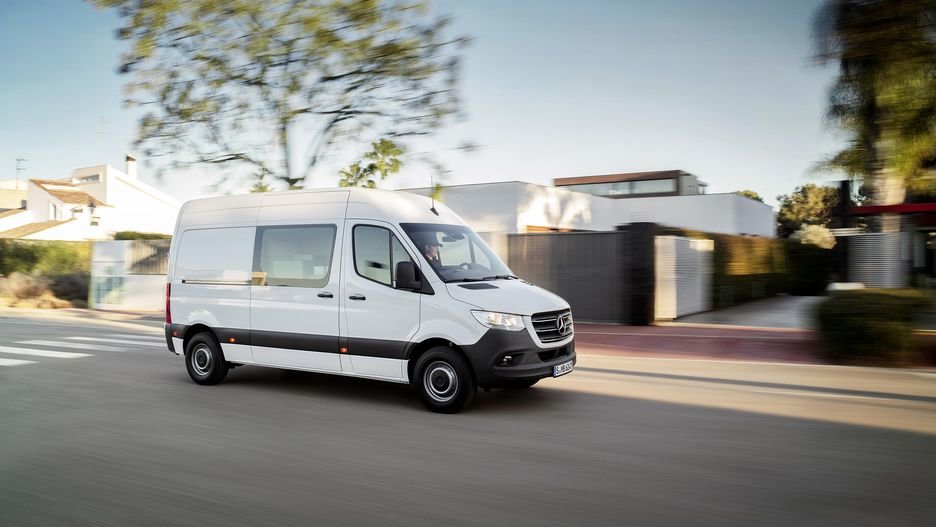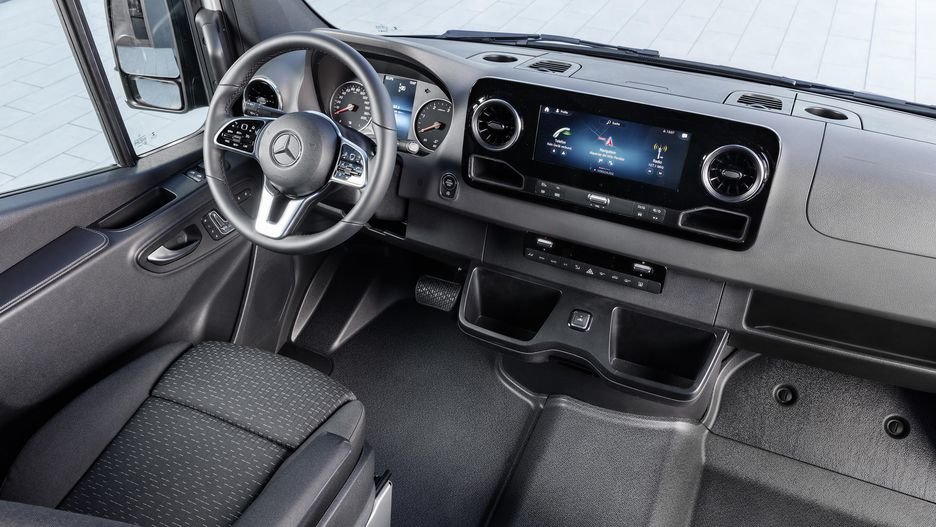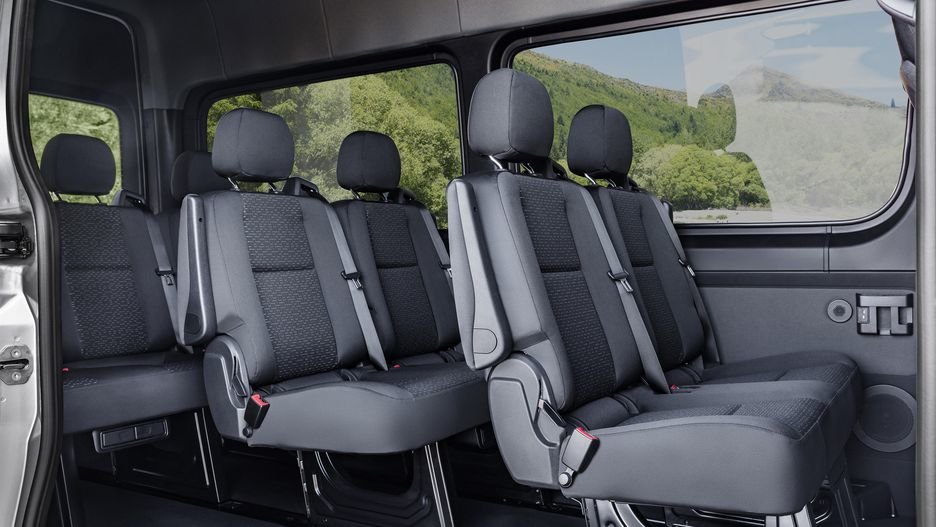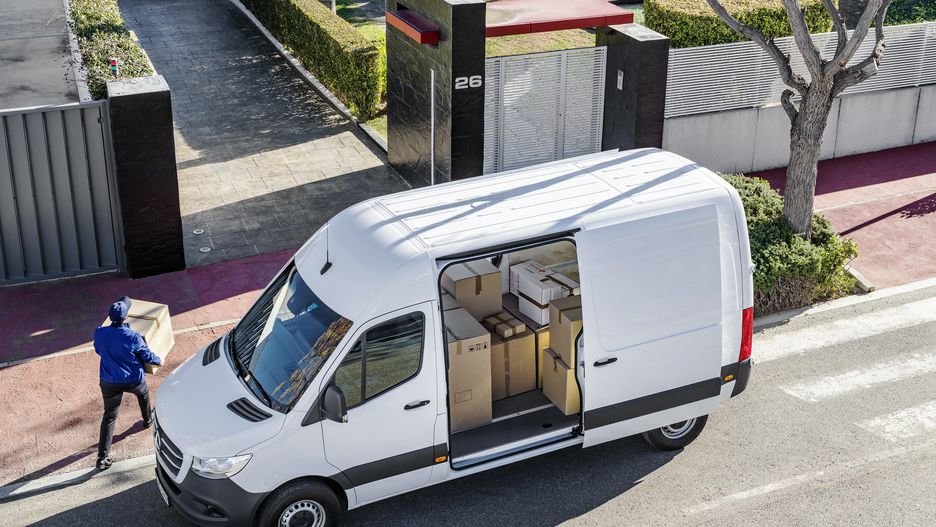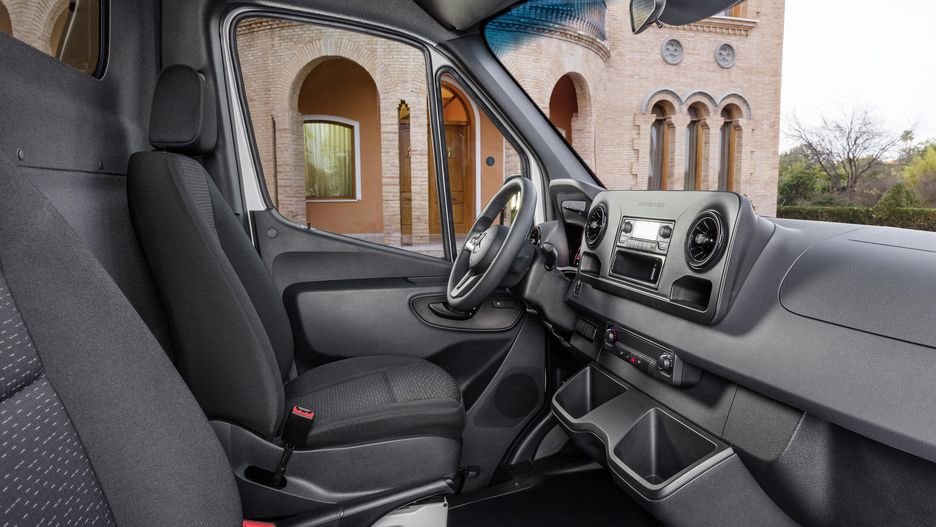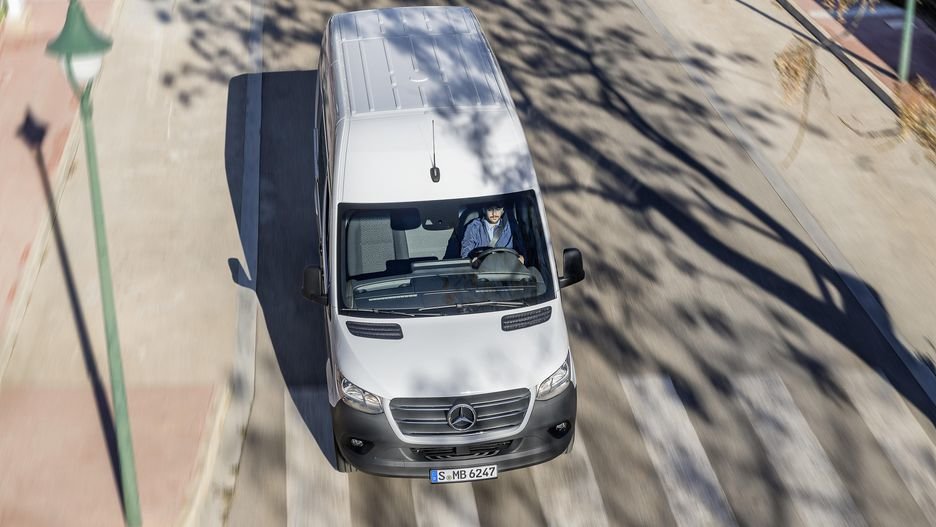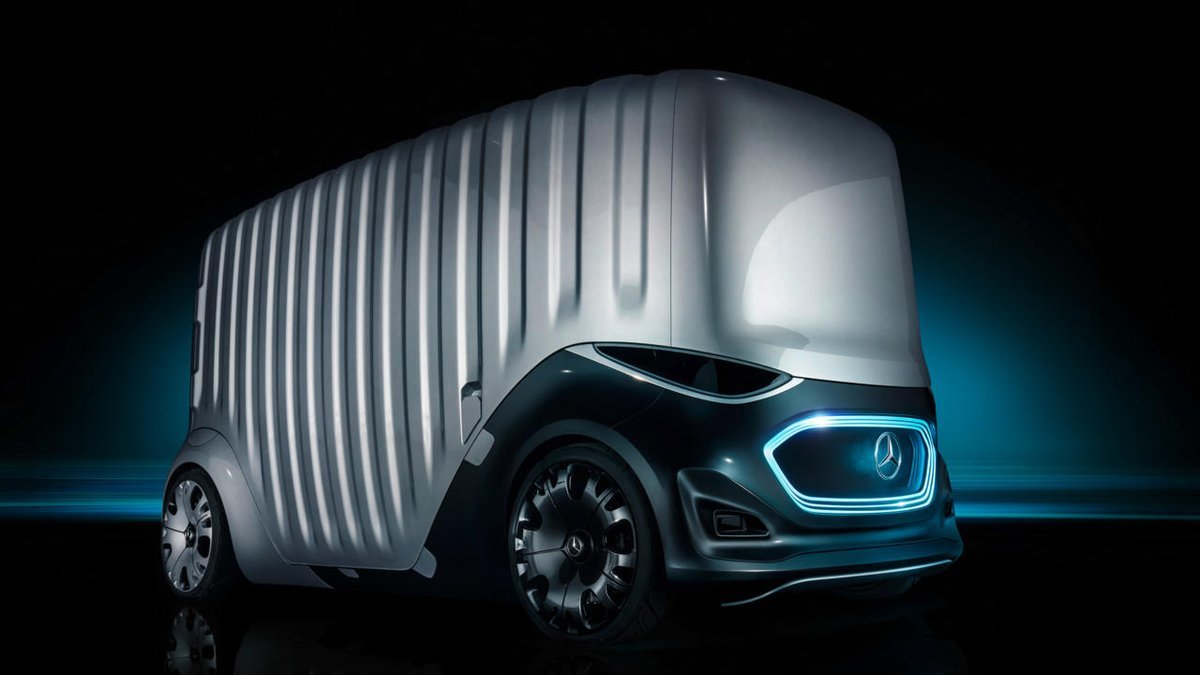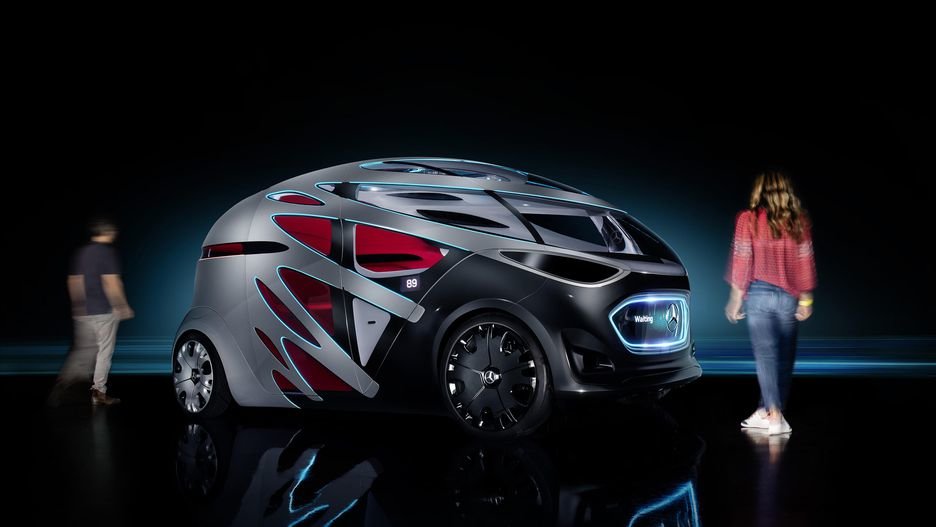2020 Mercedes-AMG GLS 63 S: Flagship AMG SUV Revealed
During a week when the Mercedes-Maybach GLS 600 captured most of our attention, Mercedes-AMG also had a few announcements to make. The biggest (literally) was its new flagship SUV, the Mercedes-AMG GLS 63 S!
The biggest story here is that the Mercedes-AMG GLS 63 S gets the latest version of the ’63’ drivetrain. It receives mild-hybrid treatment for the first time.
As with other Mercedes-AMG models, it comes equipped with an integrated EQ Boost starter-alternator. The performance is short-term, however, it allows 22 hp of output and 250 Nm of torque. As well as the additional performance, the EQ Boost system supplies the 48-volt electrical system, recuperates energy, shifts the load point, enables gliding and restarts the engine with the start/stop function.
Otherwise, the V8 engine is pretty familiar with twin turbochargers mounted within the V. It produces 612 hp and 850 Nm of torque which helps reduce the 100 km/h sprint time to 4.2 seconds, with a top speed of 250 km/h or 280 km/h with the optional AMG Driver’s package. The power is routed through a 9-speed automatic transmission, configured specifically for this model.
The suspension benefits from AMG Ride Control+, air suspension with special spring/damper set-up and adaptive adjustable damping ADS+. The damping can be preselected in the usual three stages – “Comfort”, “Sport” and “Sport+”. The air suspension allows the ride height to be lowered by 10 mm in the latter two. In Comfort, the ride height only lowers at 120 km/h.
The Mercedes-AMG GLS 63 S uses active roll stabilisation for the first time too. Much like the system which Audi uses, the Mercedes-AMG system uses two independently operating, electro-mechanical actuators on the sway bars at the front and rear axle.
Safety systems also receive an update with the latest versions of the Active Distance Assist Distronic system and the Driving Assistance package Plus.
Overall, the Mercedes-AMG GLS 63 S also gets the usual AMG Dynamic Settings, Comfort, Sport, Sport+, Individual, Trail and Sand. The ESP settings also include “Basic”, “Advanced” and “Pro”.
The rest is pretty much the same as the new Mercedes-Benz GLS. The interior gets the latest MBUX infotainment system. The displays form a Widescreen Cockpit. The instrument cluster and touchscreen multimedia display merge into one and can be operated through a touchpad, Touch Control buttons on the steering wheel, by voice control or gesture control.
The interior also benefits from AMG sports pedals, ARTICO man-made leather and high-gloss anthracite limewood trim elements. The AMG seats use black AMG nappa leather as standard. The 3-spoke AMG steering wheel is also a new addition.
On the outside, the Mercedes-AMG GLS 63 S gets an AMG-specific radiator grille with vertical louvres in high-gloss chrome. The bonnet gets a heavily contoured power dome, AMG has also added flared wheel arches, side skirts and new exterior mirror housings. 21-inch, 10-spoke lightweight-alloy wheels are standard painted in tantalite grey with a high-sheen finish. Six further wheel variants up to 23 inches are available.

